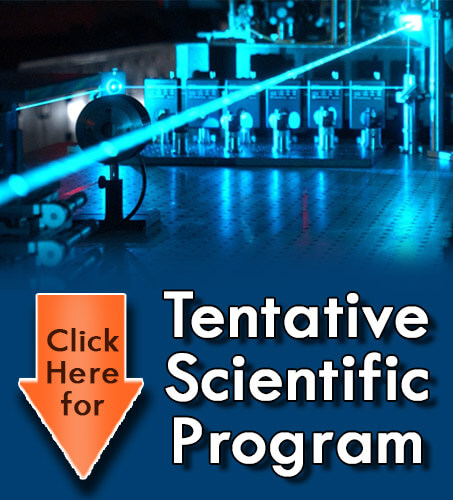
Dusan Berek
Polymer Institute of the Slovak Academy of Science, Slovakia
Title: Separation of parent homopolymers from block copolymers with advanced liquid chromatography methods
Biography
Biography: Dusan Berek
Abstract
Block copolymers present an important group of materials with numerous applications in science, medicine and technology. In a block copolymer, at least two chemically distinct polymer chains are connected with a chemical bond. Comprehensive molecular characterization of block copolymers is an analytical challenge. A special problem makes a determination of the amount and molar mass of parent homopolymers, which occur in most block copolymers and constitute highly undesired ballast. Gel permeation (size exclusion) chromatography GPC/SEC is commonly employed for the characterization of block copolymers. Molar mass of a precursor, the block polymerized as first, is determined by GPC/SEC and the same method serves for the approximate assessment of total molar mass of the block copolymer under study. Due to its low separation selectivity and detector sensitivity, GPC/SEC can hardly identify the presence of parent homopolymers and render their molar mass. We will discuss principles and applications of the new separation methods namely liquid chromatography under limiting conditions of enthalpic interactions, LC-LC and sequential two-dimensional polymer liquid chromatography, S2D LC to solve the above tasks. LC-LC methods are well robust and experimentally feasible. Their separation selectivity is very high and sample recovery is reasonable. LC-LC can efficiently separate both parent homopolymers from diblock copolymers in one single step. The separated sample constituents can be one-by-one forwarded into an on-line GPC/SEC column for determination of their molar mass average and distribution. Parent homopolymers present in the block copolymer at a very low concentration below 1% of can be tracked-down and characterized with help of the S2D LC.

